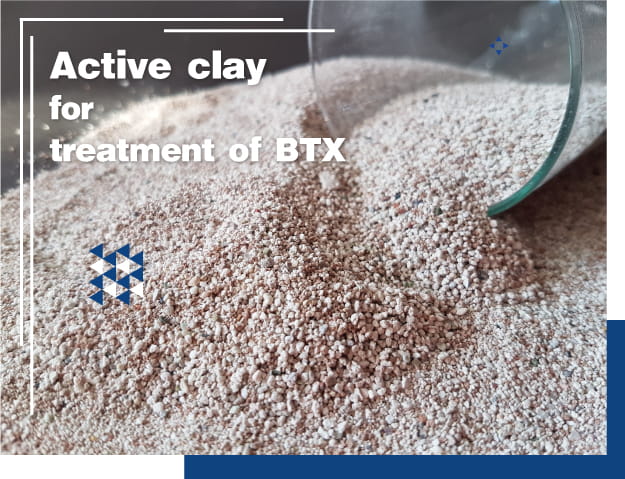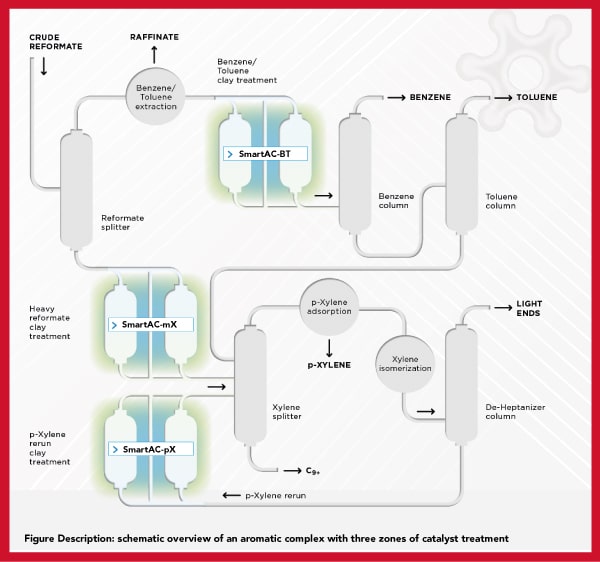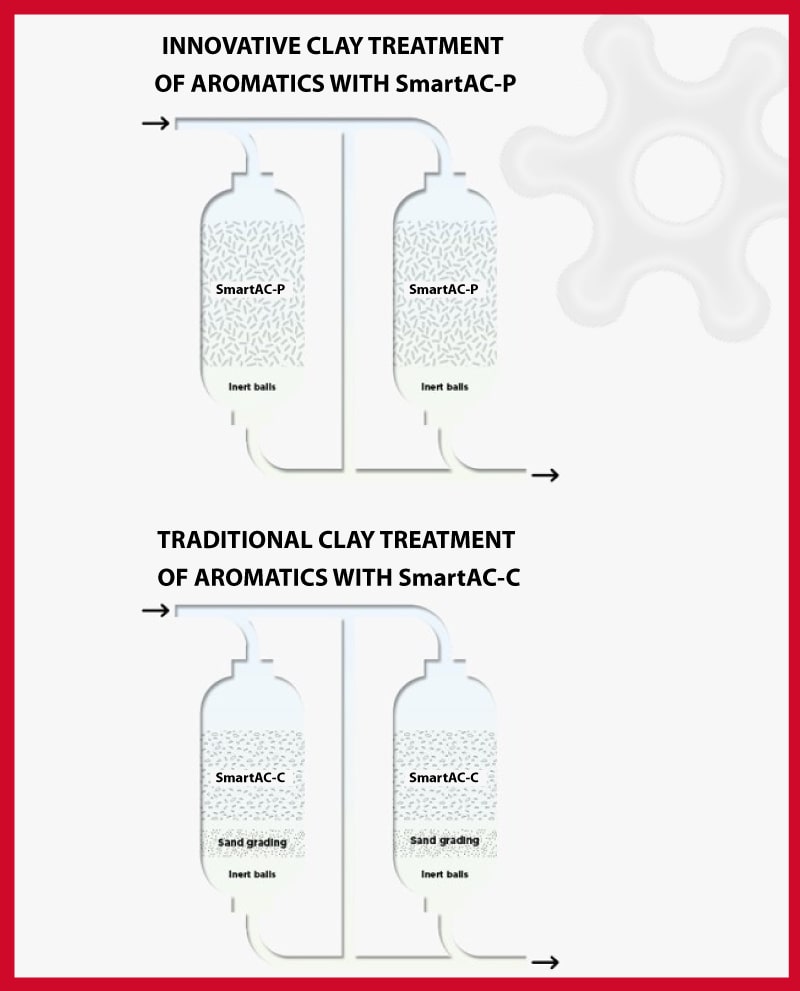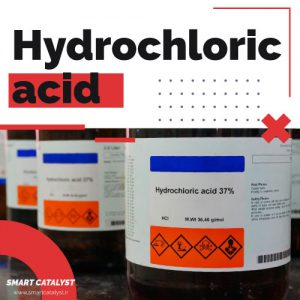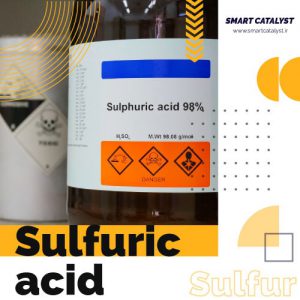SmartAC (active clay) is a granular solid acid catalyst that is produced from Iran’s high quality calcium montmorionite. It is a product designed with a highly porous structure, which creates accessible active sites for reactants and reduces diffusion and distribution limitations for side products. SmartAC is developed for acid adsorption and catalysis in fixed bed reactor. The particle size distribution of SmartAC is determined by sieve analysis of dry grains.
| Characteristic | Unit | Range | ||
| SmartACc | SmartACs | SmartAC3 | ||
| Loose Bulk Density | gm/1 | 700+50 | 700+50 | 700+50 |
| Free Moisture (2h,110 C) | % | 6 max | 6 max | 6 max |
| Ph (10% Suspension Filters) | – | 2.5-3.5 | 2.5-3.5 | 2.5-3.5 |
| Free Acidity | mgKOH/gm | 7 max | 7 max | 7 max |
| Total Acidity | mgKOH/gm | 23-26 | 20-23 | 9-14 |
| Surface Area | (BET) | 300+30 | 300+30 | 300+30 |
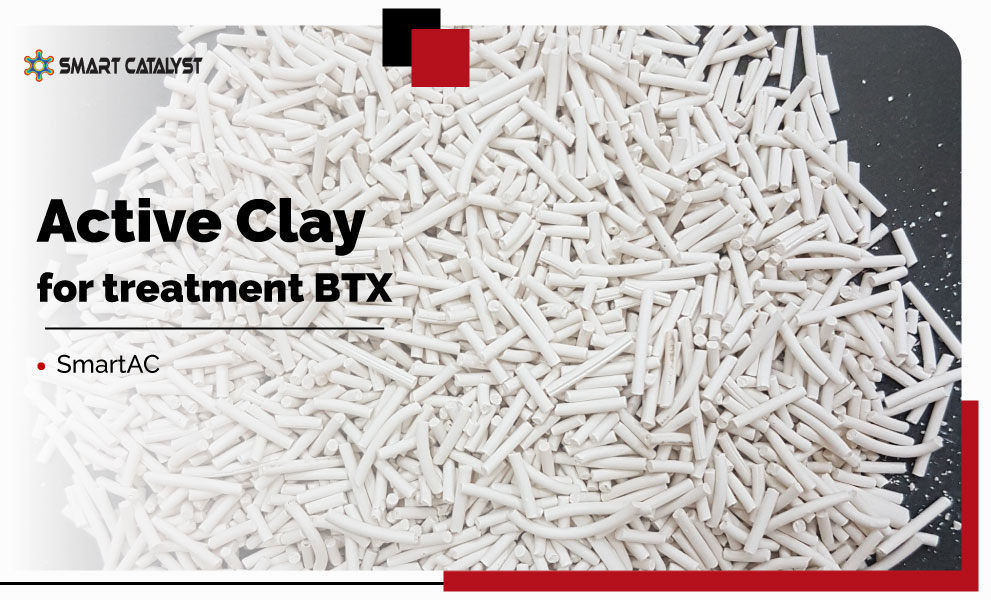
Crude oil is subjected to blasting processes and then refined. During the extraction and distillation of crude oil with solvent, elements such as benzene, toluene and xylene are separated. These aromatic streams contain undesirable compounds such as olefins, organic nitrogen compounds and other oxygen impurities. The bromine index (BI) of these flows is the amount of olefin content, which shows the amount of color precursor present as the Pickling number. BTX processing requires strict control over both parameters. Clay acts as an acidic catalyst and absorbent. The acidic nature of the clay catalyst increases the reactions of olefins and aromatics. These reactions are usually alkylation, isomerization and disproportionation. Following alkylation reactions, the bromine index, which is caused by olefins, decreases. The products of this reaction are in the next steps. Due to its porous nature, the clay catalyst adsorbs the dye precursors and thus increases the AWN (acid washing number).
| Value | Unit | Composition |
| 59.9 | % | SiO2 |
| 13.9 | % | Al2O3 |
| 7.3 | % | Fe2O3 |
| 0.8 | % | CaO |
| 2.3 | % | MgO |
| 0.2 | % | Na2O |
| 0.1 | % | K2O |
| 2.8 | % | TiO2 |
| 10.04 | % | Loss on ignition |
Smart catalyst manufacturere active clay treatment BTX
Smart Catalyst, in the field of clay catalyst (BTX) production, is one of the companies that has the conditions to supply to the petrochemical industry. The company has access to limited quality bentonite reserves. Bentonite is the basic raw material that, together with the reliable Japanese technology, helps to produce high-quality and high-performance bleaching earth. This product does not contain dioxins and heavy metals and is in accordance with the standards. The Smart Catalyst product line has always performed well in the recycling of petroleum effluents and the refining of other petrochemical products such as paraffin wax, petroleum jelly, and base oil.

